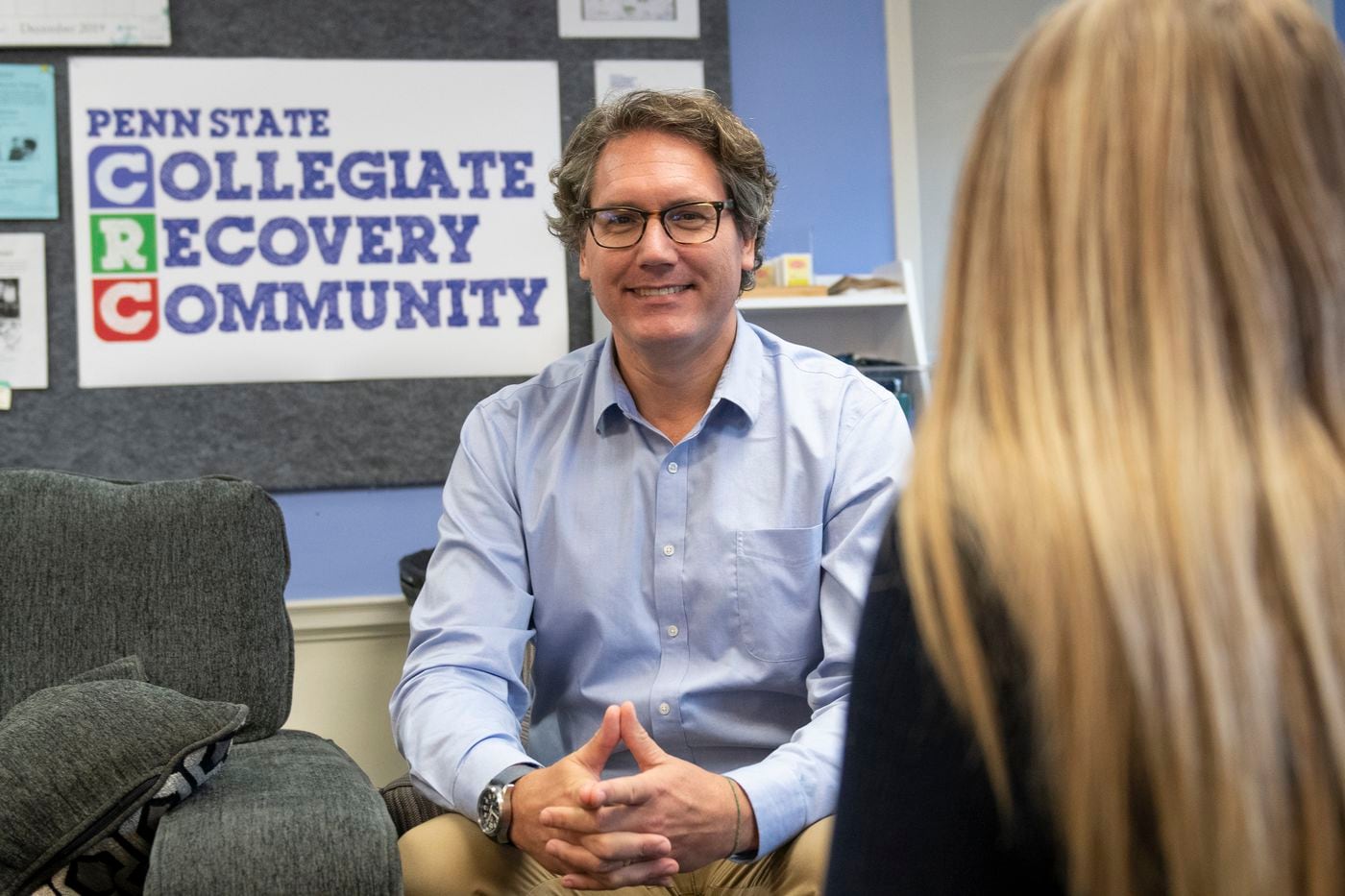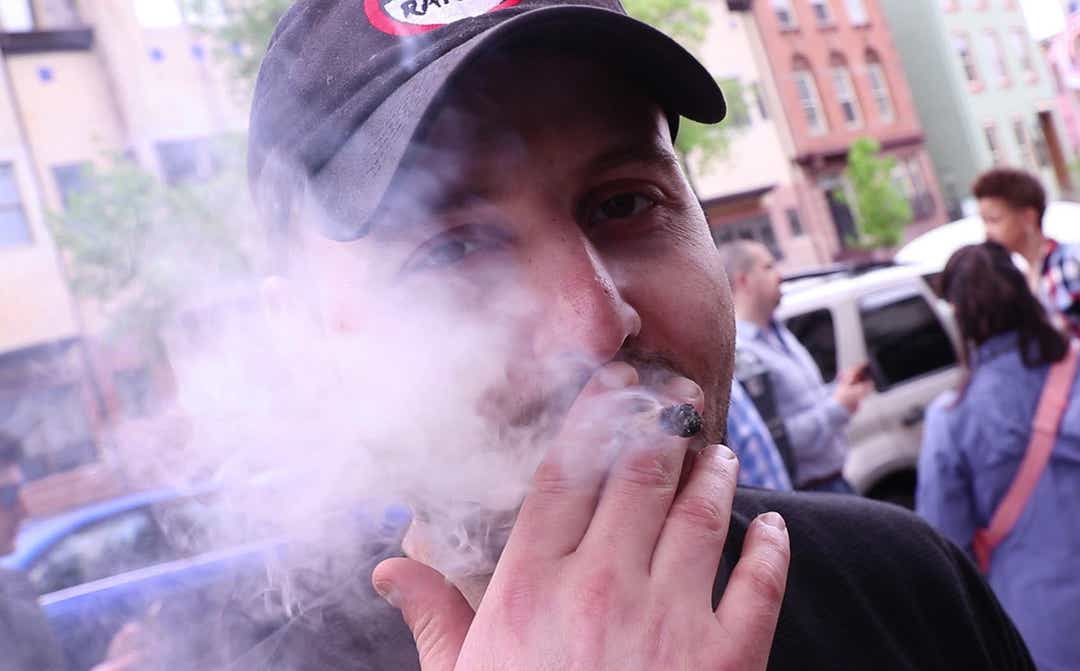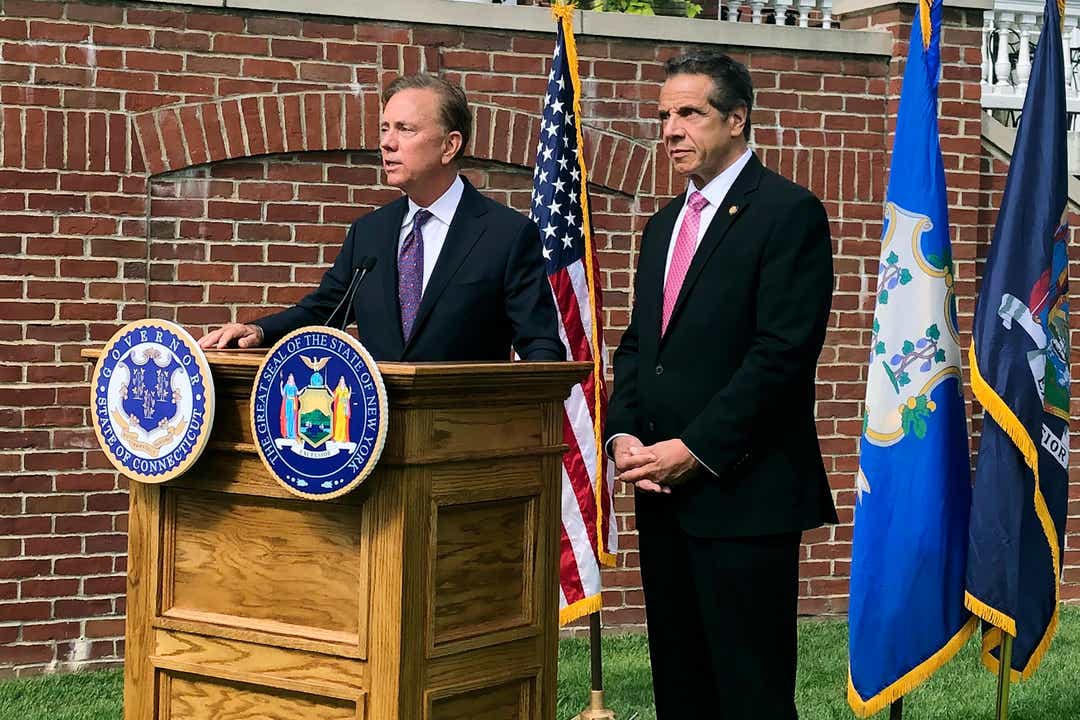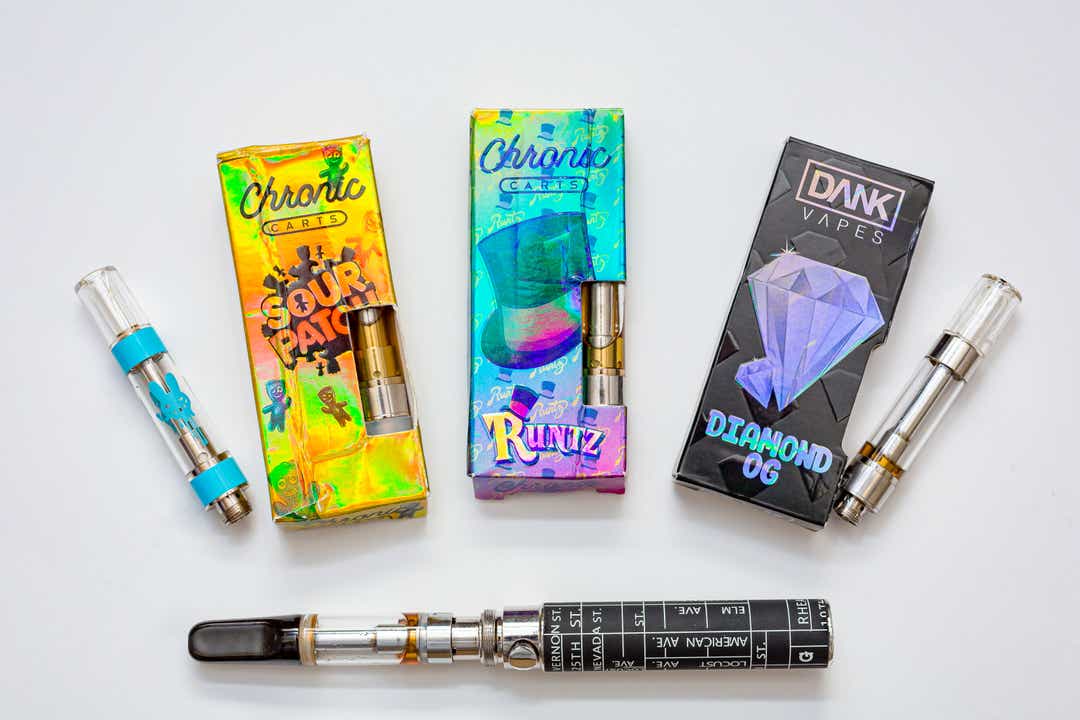
CHARLESTOWN
— In a church basement here one recent evening, two dozen teenagers sat
in a circle, eating pizza and discussing how they view marijuana.
The
teens, most of whom live in nearby public housing, agreed that cannabis
could be addictive and expensive. But they also felt it helped them.
“I was using it to get myself up to go to school,” one girl said. Another added: “It helps me in social situations.”
A
boy said pot eased his stress, but he didn’t like being dependent: “If
you’re having a problem and you can’t get it, you’re all tight like,
‘Damn, I need my weed.’ ”
The
adult leaders, from a local health nonprofit, nodded. Recognizing why
teenagers use marijuana is the first step of their program to curb
problematic pot use.
The
program teaches students to try healthy stress relievers like exercise
or meditation, before encouraging them to cut back on pot in a realistic
way. But the approach stops short of one step: demanding they quit
altogether.
A far cry from zero tolerance and “Just Say No,” the Charlestown program — funded by Massachusetts General Hospital’s center for community health improvement
— is part of a growing effort around the state to help high schoolers
make sound choices about cannabis in an era of marijuana legalization.
The new initiatives tend to focus on treatment rather than on abstinence
and punishment.
“Scare tactics don’t work — we’ve figured out a way to do something that works,” said Sarah Coughlin, director of the Charlestown Coalition,
which runs the youth group in the church and a separate marijuana
program for Charlestown High students caught stoned or with pot that
lets them avoid suspension. Punishment misses the point, she said, that
most teens she sees live in poverty, use marijuana to manage severe
trauma and stress, and need healthy alternatives.
“No child is getting high every single day at 7 a.m. and going to school for no reason,” Coughlin added.
But
how schools handle teenagers found with marijuana varies widely. At a
time when educators largely agree that discipline alone doesn’t work,
many schools lack the resources to deal with marijuana issues in any way
besides suspensions, which are linked to higher dropout rates and the “school-to-prison pipeline.”

Boston
Public Schools tries in-school suspensions first, but offers few
treatment options unless a student receives an out-of-school suspension.
At Brookline High School, students receive one-on-one counseling and
are rarely suspended.
At
Walpole High School, meanwhile, the principal suspends students for a
few days and ensures their parents send them to therapy, though this
year the school started a vaping-cessation course.
Massachusetts lawmakers, aiming to keep troubled students in class, enacted a discipline overhaul, effective in 2014. Since then, marijuana suspensions fell 20 percent, to 1,628 last year. Other states often arrest students and expel them.
More addictive products
High
school students have long experimented with marijuana, but educators
say they now contend with a dramatically different landscape.
Several
schools have seen upticks in students with life-disrupting marijuana
issues. Researchers say that change is likely linked to new high-potency
pot products such as vapes and wax-like extracts called “dabs” that are
odorless and popular in legal and illicit markets.
Overall marijuana
use among young people has held steady.
“Even
in the context of a flat level of overall use, the shift in the way
that kids are using should make us all alarmed,” said Randi Schuster, a
Harvard Medical School psychiatry professor. She found a 25-fold
increase since 2015 in the portion of local pot-using high schoolers who
primarily vaped. That mirrors nationwide trends.

For
the first time, marijuana surpassed opiates in 2019 as the top drug
among students struggling with addictions at William J. Ostiguy High
School, a recovery school in Boston. Now, 38 percent have marijuana
problems, compared to 18 percent three years ago.
“It is impacting their lives where they can’t function on a daily basis,” said Principal Roger Oser.
Many
local educators blame legalization for the changes, noting parents and
students increasingly see pot as harmless. However, teen marijuana
vaping is up nationwide. And other studies show that youth pot use did not increase after legalization in Colorado or Washington.

The Charlestown High program, which partners with the Gavin Foundation and uses a motivational-enhancement treatment
developed by the US Substance Abuse and Mental Health Services
Administration, has seen success since 2014 in reducing students’ pot
use and school suspensions. Medical specialists praised the program,
saying teenagers would benefit from reducing their usage, though
abstinence would be best.
In
the program, she examined why she smoked — marijuana helped her sleep,
enjoy school, and cope with her best friend’s death.
She also realized
the downsides of her habit — spending money she needed for college and
hurting her brain’s ability to be naturally happy. She learned to
substitute aromatherapy, exercise, and music.
Now graduated and working, she still smokes cannabis, but less.
“I
wouldn’t have had the tools to figure out how to break the habit”
without the program, she said. “I would’ve just been an angry girl that
was high all the time.”
‘A huge need’
Other
city schools would love such a program but lack the money, staff, or
know-how. A charity-run substance abuse program at Boston Public Schools
shuttered in 2018 due to a lack of funding.
Since
then, Coughlin and other educators said at least 10 public high schools
have reached out to her — and many to the recovery high School, too —
for help handling marijuana issues.
“Schools
are frustrated because they don’t know what to do with students — they
don’t want to suspend them,” Coughlin said. “There’s a huge need. The
problem is there’s not a whole lot of resources.”
Youth advocates say Boston Mayor Martin J. Walsh’s office of recovery services issued a comprehensive plan in 2018
that acknowledged critical needs, but it lacked sufficient financial
backing. The office said it is implementing the multi-year plan, has
trained educators on marijuana, and is improving interventions.
In theory, there should be money for programs from taxes on the state’s booming cannabis industry, which brought in nearly $400 million of sales its first year. Under state law, part of the 10.75-percent excise tax on recreational pot should fund youth substance programs.
This
year, the Legislature gave nearly $84 million of those taxes to the
Department of Public Health’s substance services bureau, but the budget does not require that it fund youth programs statewide.
DPH said it will support more youth interventions. Schools can apply for grants, a spokeswoman said, though none are available now.
Changing times, new approaches
While
educators and addiction specialists believe abstinence from cannabis is
ideal until the brain fully develops, typically around age 25, they see
value in teens reducing the frequency, potency, or amount of use.
“If
a student walked in and I said, ‘You should never smoke pot again,’
they might walk out the door,” said Mary Minott, a longtime substance
abuse counselor at Brookline High.
Minott
counsels students who decide they want help or are referred by an
adult. Last year, she said, referrals doubled, with most needing help
with vaping marijuana, nicotine, or both. She talks to teens about why
they use — often college anxiety, stress, and partying — and sets goals.
Students are rarely suspended for pot, she said, unless they’re caught
selling it.
At
Walpole High, principal Stephen Imbusch was alarmed by a rise in vaping
last year, so he sent his school nurse to learn how to run a cessation
program. This year, he offered all students the chance to enroll,
promising they wouldn’t get in trouble. A dozen signed up.
The
school still suspends students for marijuana but sets a hearing within
three days to craft a treatment plan, usually involving a private
therapist, and now, the cessation course.
“Discipline
on its own wasn’t really working,” Imbusch said. “I think more and more
schools are going to be doing this kind of thing.”
At
the church in Charlestown, the teenagers listed healthy alternatives to
cannabis they pledged to try: sports, reading, sleeping, getting lost
in nature.
“I’m
trying to figure out how can I make myself happy again without using a
drug,” Richardson said. “In the next five years, I don’t see myself
smoking.”








